Air purifiers improve our health by removing pollutants from the air. Not all air purifiers are created equal though. There are many different types of air purifiers, each with its benefits and drawbacks. So, what are the types of air purifiers, and how good are they?
The types of air purifiers are filter air purifiers, electrostatic precipitators and ionizers, ultraviolet air purifiers, and ozone generators. All of them help purify the air, but each does so in a different way. Filter air purifiers push air through different types of filters, which remove different types of pollutants or have different levels of effectiveness at removing those pollutants. Electrostatic precipitators (ESPs) and ionizers give particles either a positive or negative charge, which then stick to each other or to sheets of metal. Ultraviolet air purifiers kill viruses and bacteria with ultraviolet light, and ozone generators create ozone.
There’s more to each of these types of air purifiers though, so let’s get started.
Filter air purifiers are up first.
1. Filter Air Purifiers
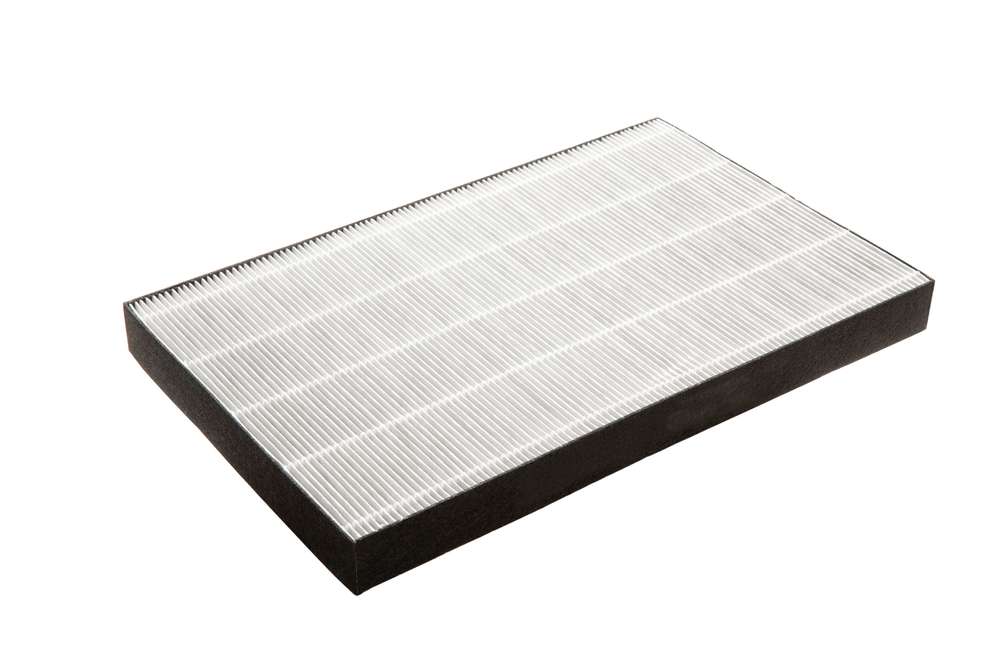
An Overview Of Filter Air Purifiers
These are likely the type of air purifier you think of when you think of an air purifier. That’s not for a bad reason either as this type of air purifier is incredibly effective at cleaning the air. Most of these air purifiers have more than one filter too, which makes them even better. So, what are these filters?
When it comes to filter types, there are:
- The “High-Efficiency Particulate Air”, or HEPA filter.
- The activated carbon filter.
- and pre-filters.
Let’s start with the HEPA filter.
High-Efficiency Particulate Air (HEPA) Filters
HEPA filters are the best of the best when it comes to air filters. To be considered a true HEPA filter, it has to filter 99.7% of particles that are, at worst, only 0.3 microns in diameter. For reference, human hair is about 30 – 70 microns in diameter, give or take a few. In other words, the filter has to be almost perfect at filtering extremely small particles, which we can’t see.
Unfortunately, there can be some confusion over HEPA filters. There are true HEPA filters and then there are those called HEPA-type or HEPA-like. Since HEPA-type or HEPA-like are the same things, we’ll just call them HEPA-type from now on. These are filters that are close to HEPA filters, but not quite. For example, a HEPA-type filter might only filter out 99% of particles or they might be more than 0.3 microns in size.
HEPA-type filters are cheaper to make. They’re by no means bad filters, but in some cases, their effectiveness can be far below that of the true HEPA filters. Some HEPA-type filters are washable or reusable though, unlike true HEPA filters which have to be replaced, roughly at least once a year. When buying an air purifier with a HEPA filter, make sure you’re getting the one you want.
Now, onto activated carbon filters.
Activated Carbon Filters
Activated carbon filters belong to a family of filters called adsorbent filters. And no, that’s not a typo. In absorption, the material draws something into it. Think water becoming part of a paper towel. In adsorption, the thing sticks to the surface of the thing drawing it in. Like paint, for example.
Activated carbon, think charcoal, is carbon that has been processed so it has lots of little pores on its surface. This increases its overall surface area, which allows it to trap more gases than if it wasn’t activated. These are the only common air filters that can trap gases, but they do have their limits. Once they hit that limit, they can start letting that gas go, so replace them according to product recommendations.
Also, if you want the activated carbon filter to be as effective as possible, purchase one that’s bigger or heavier. The larger the surface area the better.
Now, onto pre-filters.
Pre-Filters
Pre-filters are simple filters that do two things. The first is to help filter out the particles in your air. The second is to filter out larger particles so that filters, like HEPA, can focus on the smaller ones, which helps them last longer as a result. Some pre-filters are washable, but not all, so keep this in mind when looking for an air purifier with filters.
Pros And Cons Of Filter Air Purifiers
2. Electrostatic Precipitators And Ionizers As Air Purifiers
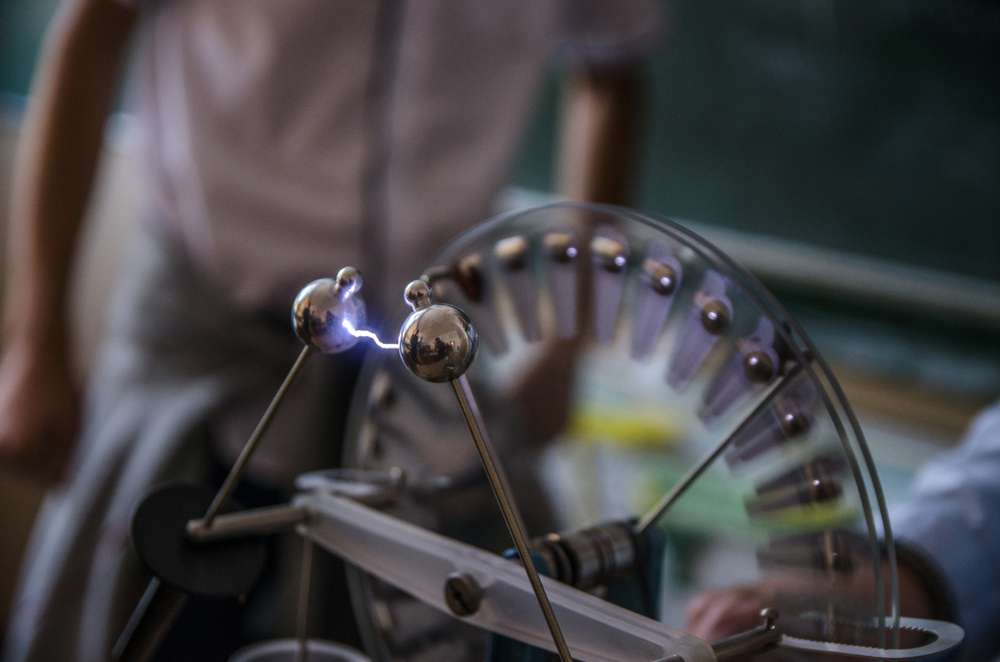
An Overview Of Electrostatic Precipitators And Ionizers
Electrostatic precipitators, or ESPs, are a unique type of air purifier. To understand what they do, think of magnets. One end of a magnet is positive, the other is negative. If you try to put the positive side of two magnets together, they’ll push away from each other. But, if you put a positive and negative side together, they’ll pull together.
This is the principle that ESPs follow except that they have to manipulate things a little. Particles drawn through an ESP aren’t negative or positive. So, using an electrostatic field, an ESP gives them a positive or negative charge. Inside an ESP are collecting plates, think sheets of metal, which have charges of their own. So, the particles stick to the plate with the opposite charge. It’s a really interesting way to approach cleaning up the air.
Ionizers use a process similar to ESPs. They create negative ions by electrically charging particles as they’re in the air or as they go through the ionizer. Those negative ions then attach to other particles, which then take on an electrical charge as well. Over time, more and more particles are drawn together until they’re heavy enough to fall to surfaces like walls or floors. To get rid of those clumps, you’ll need to clean.
One big problem with ESPs and Ionizers is that they have the potential to create ozone, which can be harmful to human health. The EPA and other organizations have set some limits on ozone, but you’ll still want to make sure the manufacturers are following all safety precautions if you’re considering these types of air purifiers.
They also have a lot of names, such as electronic air purifiers, ionic air purifiers, and negative ion generators. This can make it seem like there are more types of air purifiers out there than there are.
Pros And Cons Of Electrostatic Precipitators And Ionizers
3. Ultraviolet (UV) Air Purifiers
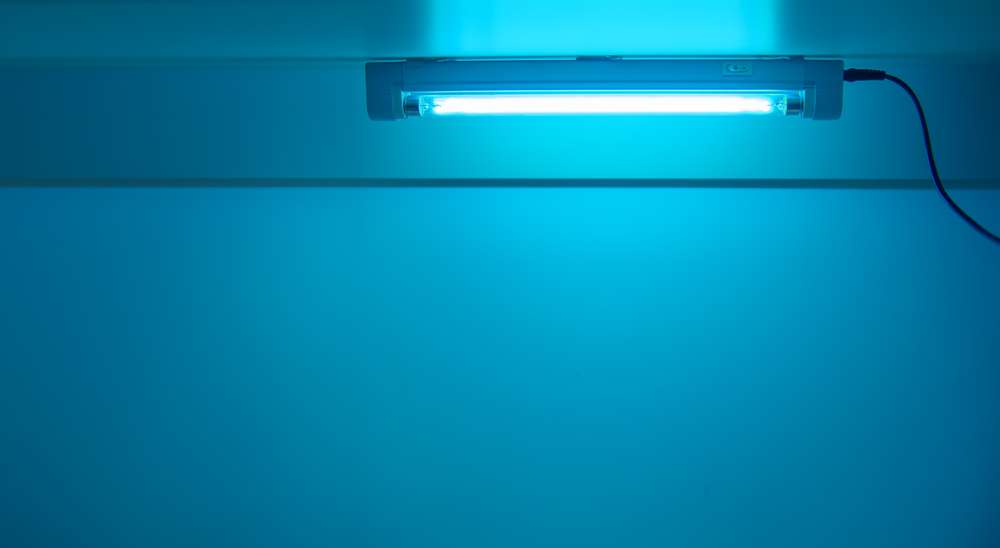
An Overview Of Ultraviolet Air Purifiers
The ultraviolet air purifier is another unique type of air purifier that uses light as a filter. Ultraviolet Germicidal Irradiation or UVGI is the name of this process. There are lots of scientific terms that can get confusing, so, in simple terms, ultraviolet air purifiers expose pollutants in the air to ultraviolet light, which is intended to kill them.
There are problems with this process though. One problem is that UVGI technology only kills viruses and bacteria. Another is that this process can take minutes to be effective. Finally, ultraviolet air purifiers can create ozone, which is harmful to us.
Pros And Cons Of Ultraviolet Air Purifiers
4. Ozone Generators As Air Purifiers
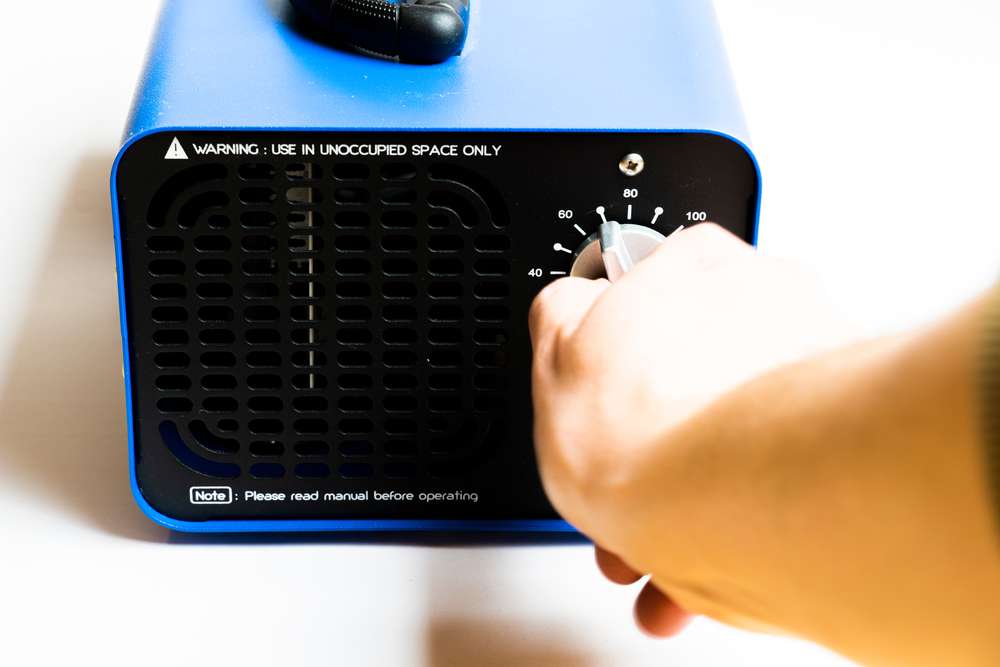
An Overview Of Ozone Generators
Let’s get this out of the way fast, we do not recommend ozone generators, otherwise known as ozone air purifiers, for personal use. They may have some use in removing pollutants from places where people aren’t present, but the EPA, U.S. Environmental Protection Agency, specifies this needs to be handled extremely carefully and with the knowledge that not everything is yet known about using ozone in this way.
Ozone air purifiers are the only air purifier that creates ozone on purpose. Ozone can be detrimental to your health, so this is a no-go purchase for most people.
Pros And Cons Of Ozone Generators
Bonus: Plants As Air Purifiers
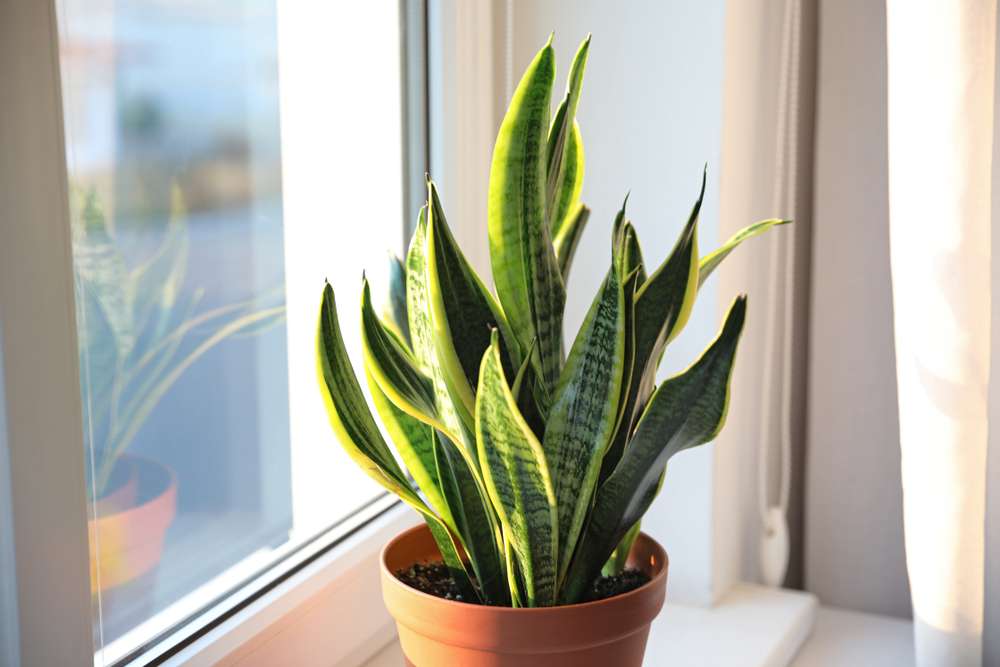
You might think we’re crazy, and we get it. We’re not suggesting you use plants instead of air purifiers. We’re only suggesting that if you’re interested in going a little more green or looking to add ways to purify the air, plants might work for you. Plants cannot filter particles out of the air, but they can filter out some gases (although you’ll need a lot of them to be effective). They also add a nice sense of decor.
Final Thoughts: Types Of Air Purifiers
There are many different types of air purifiers. Each has its pros and cons. When it comes to purchasing the best air purifier, it’s all a matter of what your needs are. So, which air purifier do you plan to go with? Why? Let us know in the comments below!

